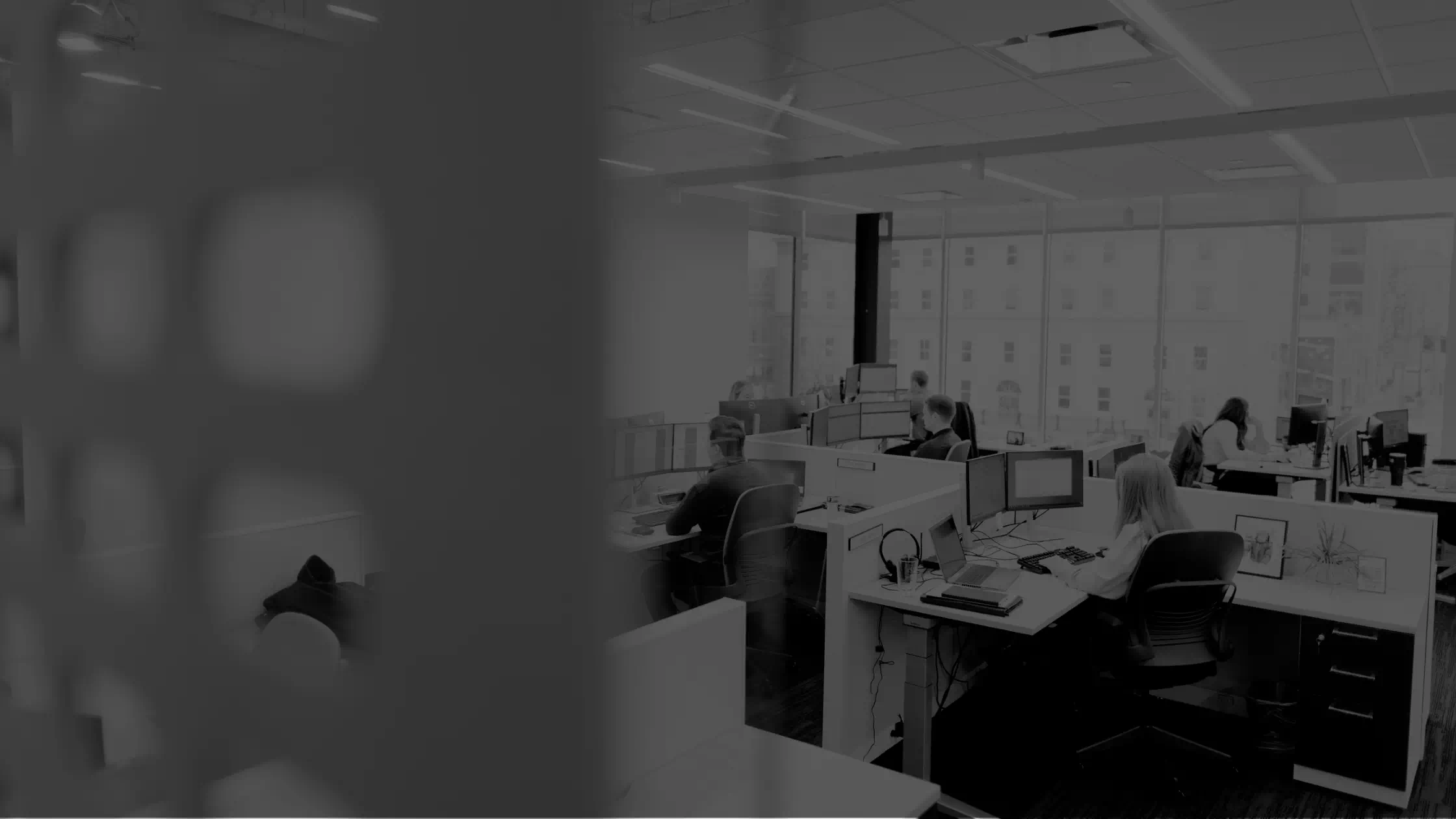Unconscious Bias in Recruitment: How to Overcome It

Two equally qualified candidates apply for a senior developer role. One graduated from a local college, the other from Stanford. Like many hiring managers, you might unconsciously favor the prestigious university, potentially overlooking exceptional talent and culture fits. In today's competitive business environment, these unconscious biases can significantly impact your ability to build a diverse, talented workforce. Learn how to take the bias out of recruitment with these tips.
The Core of Unbiased Recruitment
At its heart, unbiased recruitment focuses on evaluating candidates based solely on their qualifications, skills, and potential contributions to your organization. Despite best intentions, unconscious biases can creep into the hiring process, influencing decisions in subtle ways. Recognizing these biases is the first step toward creating a more inclusive recruitment strategy.
Key elements of unbiased recruitment include:
- Merit-based evaluation criteria that focus on skills and experience.
- Consistent assessment methods that ensure fairness.
- Objective decision-making processes that reduce personal biases.
Understanding Types of Unconscious Bias
1. Affinity Bias
We naturally gravitate toward people with similar backgrounds, experiences, or interests. In recruitment, this can lead to hiring managers favoring candidates who remind them of themselves, potentially overlooking qualified candidates with different perspectives.
2. Halo Effect
The halo effect occurs when one positive characteristic influences the overall evaluation of a candidate. For example, hiring managers might overvalue a candidate’s entire skill set simply because of their prestigious educational background.
3. Confirmation Bias
This bias leads recruiters to search for information that confirms their initial impressions while ignoring contradictory evidence. It can result in premature judgments and missed opportunities to identify strong candidates.
4. Gender Bias
Gender-based assumptions can subtly influence hiring decisions, particularly in industries traditionally dominated by one gender. This can result in different evaluation standards for candidates with similar qualifications.
5. Age Bias
Preconceptions about age can affect hiring decisions in two ways: assuming older candidates lack technical skills or assuming younger candidates lack experience. Both biases can prevent companies from hiring valuable talent.
The Impact on Your Organization
Unconscious bias in hiring can:
- Limit team diversity and perspective
- Cause you to miss highly qualified candidates
- Reduce innovation potential
- Create legal exposure from unintentional discrimination
Strategies to Overcome Unconscious Bias
Creating an equitable recruitment process requires a systematic approach and a commitment to fairness. Businesses must implement comprehensive strategies that address bias at every stage of the hiring process—from initial job postings to final selection decisions.
Awareness and Education
Let's face it—we all have biases. The key is recognizing and addressing them head-on. Building awareness through regular training is essential to reducing unconscious bias. This goes beyond simple diversity training—it requires ongoing education that helps teams understand how bias manifests in everyday decisions.
Organizations should implement interactive workshops where participants explore biases in a safe environment, engage with real-world case studies, and utilize self-assessment tools. Regular refresher sessions create a culture of continuous learning and improvement in fair hiring practices.
Structured Interviews
Using predetermined questions, detailed scoring rubrics, and systematic feedback collection ensures that every candidate receives the same opportunity to demonstrate their qualifications. A standardized interview process helps interviewers focus on relevant skills and experience while minimizing personal biases.
Diverse Interview Panels
Two heads are better than one. Including multiple perspectives in the interview process minimizes individual biases. A diverse panel brings different viewpoints and experiences to the evaluation process, leading to more balanced assessments.
Blind Resume Screening
Remember The Voice? What made it revolutionary was judging singers solely on talent, not appearance. Blind resume screening works the same way. By removing identifying information—such as names, gender indicators, age, and graduation dates—organizations can ensure that initial screenings focus strictly on skills and experience.
Standardized Skills Assessment
Objective evaluation methods provide concrete data for comparing candidates' abilities. Implementing skills-based tests, work sample projects, and role-specific assessments with standardized scoring criteria helps employers make fair, data-driven hiring decisions.
Continuous Feedback and Improvement
Like any business process, your hiring strategy should evolve over time. Track data, gather feedback, and keep refining. What gets measured gets improved.
Take on Recruitment Bias with Lutz Talent
Creating an unbiased recruitment process requires expertise and ongoing commitment. At Lutz, our Search & Staffing services help organizations develop and implement effective hiring strategies that promote diversity and ensure fair candidate evaluation. We understand the challenges of overcoming unconscious bias and can help design approaches that align with your goals. Contact us to explore options that can support your hiring process.

- Achiever, Responsibility, Futuristic, Strategic, Relator
Laurie Cradick
Recent News & Insights
Unconscious Bias in Recruitment: How to Overcome It
Lutz adds Peterson and Wayman
Corporate Transparency Act: BOI Reporting Update
The S&P 500 Enters Correction Territory + 3.19.25




%20(1)-Mar-08-2024-09-22-41-1011-PM.jpg?width=300&height=175&name=Untitled%20design%20(5)%20(1)-Mar-08-2024-09-22-41-1011-PM.jpg)
%20(1)-Mar-08-2024-09-27-14-7268-PM.jpg?width=300&height=175&name=Untitled%20design%20(6)%20(1)-Mar-08-2024-09-27-14-7268-PM.jpg)

%20(1)-Mar-08-2024-09-11-30-0067-PM.jpg?width=300&height=175&name=Untitled%20design%20(3)%20(1)-Mar-08-2024-09-11-30-0067-PM.jpg)
%20(1)-Mar-08-2024-09-18-53-4361-PM.jpg?width=300&height=175&name=Untitled%20design%20(4)%20(1)-Mar-08-2024-09-18-53-4361-PM.jpg)
-Mar-08-2024-09-03-21-1119-PM.jpg?width=300&height=175&name=Untitled%20design%20(1)-Mar-08-2024-09-03-21-1119-PM.jpg)
-2.png?width=264&height=160&name=Website%20Featured%20Content%20Images%20(1)-2.png)
-Mar-08-2024-08-50-35-9527-PM.png?width=300&height=175&name=Untitled%20design%20(1)-Mar-08-2024-08-50-35-9527-PM.png)


.jpg)




